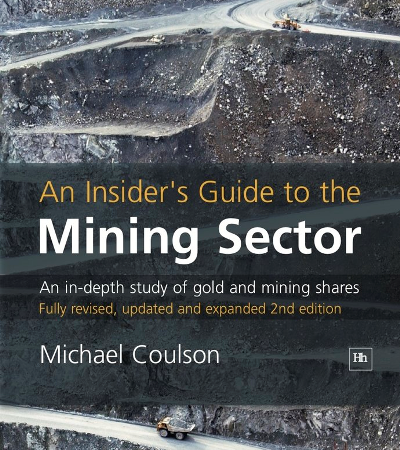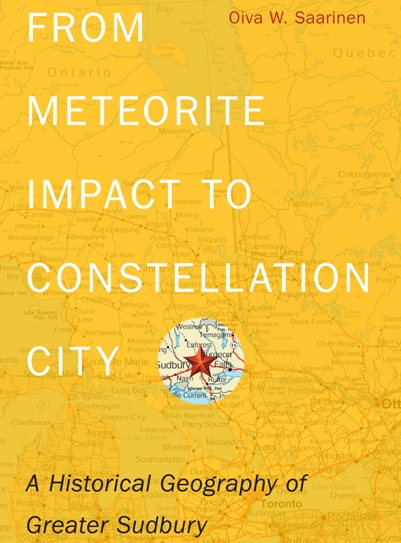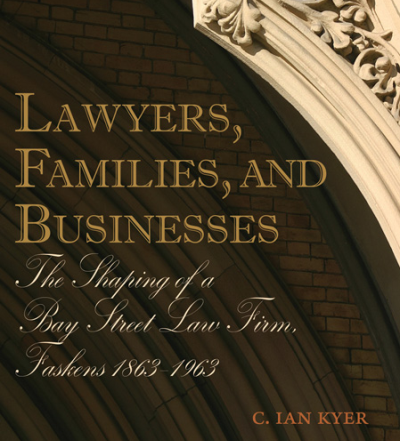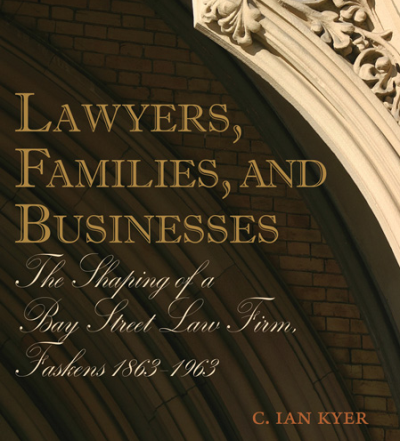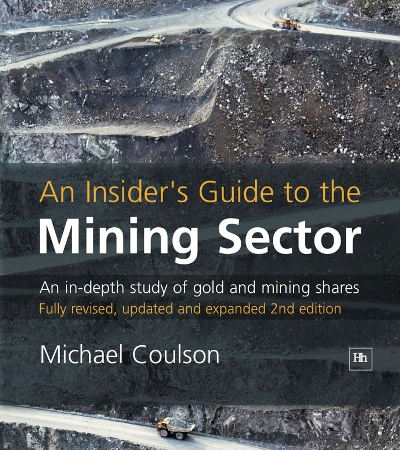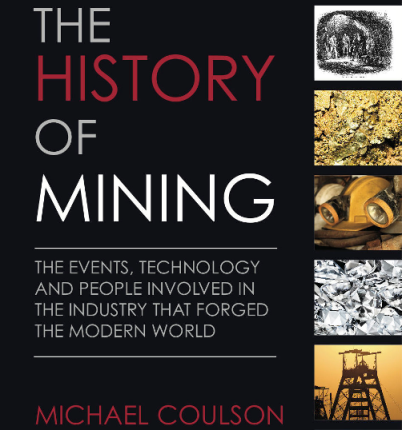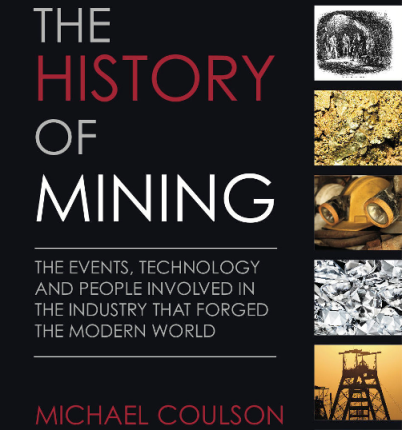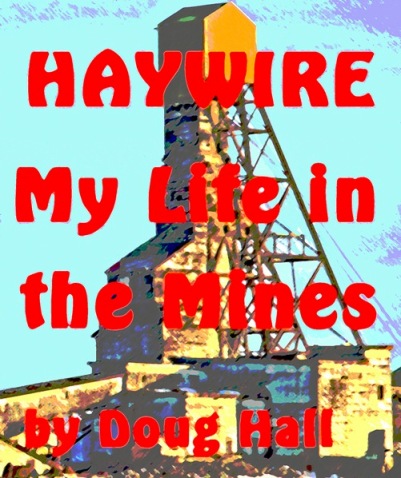To order a copy of An Insider’s Guide to the Mining Sector, please click here: http://www.harriman-house.com/book/view/66/investing/michael-coulson/an-insiders-guide-to-the-mining-sector/
Stock market cycles
We have talked earlier about mining shares in relation to stock market cycles for industrial equities. I now want to look at mining share cycles over the last thirty years or so to see where they sit in terms of overall market cycles, and whether there are any pointers we can find that could be applied in the future.
The situation that any investor wants to avoid is tying too much of his money up for long periods of time in a sector which is underperforming. Having said this, I am not backtracking on my view that every portfolio should have a core of gold shares because of their counter-cyclical role when industrial shares come under pressure. In that context the gold content acts as insurance against a general equity bear market, and the gold core, when the general industrial market is in a bull phase, will in any case represent only a small percentage of the portfolio’s value.
Australia, late 60s – the first modern mining boom
The first modern mining boom was that which ‘infected’ the Australian market in the second half of the 60s, and which eventually ran out of steam following the rise and fall of Poseidon. The bull market lasted from 1966 until 1970, and until the last year or so marched in step with strong industrial bull markets, particularly in the US, the UK and South Africa.
























